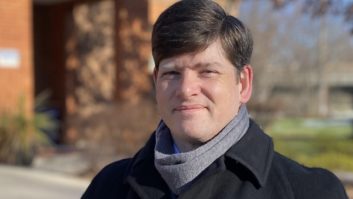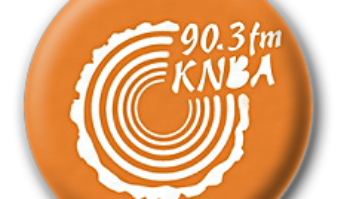Two unique, real-world cases of interference in the FM band will be discussed by David Maxson, owner of Isotrope LLC, on the Tuesday afternoon of the upcoming Broadcast Engineering Conference at the NAB Show in Las Vegas.

iStockphoto/mitja2 The first case involves the discovery of intermodulation products generated by a radio that was turned off.
Intermodulation occurs when two or more frequencies are mixed together. Maxson reports that he discovered the strange phenomenon while performing an equipment performance measurement of a new FM transmitter.
“FCC Rule 47 CFR §73.1590 requires Equipment Performance Measurements must be made upon installation of a new transmitter,” he wrote. “47 CFR §73.317 specifies the maximum allowable emission removed from the carrier.”
Prior to making emission measurements off the transmission line sample inside the transmitter room, outdoor field measurements revealed intermodulation products being generated by an automobile radio that was turned off. The most apparent intermodulation products are third-order in nature.
Maxson prepared a preliminary list of potential third-order intermodulation frequencies prior to arrival on site. The tower upon which this new station’s antenna is located is shared by two other FM broadcasters. Maxson explains the calculations as “taking the sums and differences of the three frequencies or by doubling one frequency and adding/subtracting a second frequency.”
After carefully setting up his spectrum analyzer to avoid overloading it, the analyzer revealed 16 spurs representing intermodulation products, many of which fell within the FM band. Maxson turned on the auto ignition to listen to these spurs, only to have them disappear from the spectrum analyzer display. Turning off the radio with the ignition on caused the spurs to return.
Maxson coined the term “Power-Off Intermodulation” or POI to identify this type of product.
Notably, this occurred at a location with ambient RF levels higher than normal. Maxson says it remains to be seen if the phenomenon occurs at lower RF levels. All levels at the site were within FCC RFR limits.
This phenomenon was previously experienced during bench testing of DTV tuners by Charles Rhodes and his research team. Rhodes has written extensively about this phenomenon in Radio World’s sister publication TV Technology.
A DTV television receiver was fed two or more DTV signals to determine if the stronger signals would interfere with the reception of a weaker signal on a third-order frequency. It was discovered that a powered-down DTV tuner became an intermodulation generator on the antenna feed bus. Several tuners were fed by a signal splitter which is commonly employed in a household with more than one receiver fed from a common antenna. With all receivers turned on, the noise floor was clean and flat. With one or more tuners turned off the noise floor became polluted with third-order intermodulation products. It is speculated that non-linearity caused by unbiased diodes facing the antenna are the cause of this problem.
The implications of these cases are the large number of potential interference-generating devices present in the everyday environment. This leads us to the need for further research and possible FCC regulation. All receiver types would have to be studied to determine if they can interfere with the reception of over-the-air broadcasting.
UNWANTED SIGNAL
The second case of interference that Maxson studies manifested itself at an FM station employing an HD Radio transmitter.
Following a brief power failure, the transmitter failed to automatically return to the air. Attempting to manually turn the transmitter on by remote control also failed. At the transmitter site the transmitter operated flawlessly into the dummy load but not into the antenna. A tower crew inspected the transmission line and antenna and no faults were found. Isotrope LLC was contacted for assistance.
Disconnecting the HD Radio adaptive pre-correction sample allowed the transmitter to power up normally and operate at full power into the antenna. Adaptive precorrection provides a quality sample of the outgoing signal that the HD Radio transmitter uses to pre-correct the signal for the power amplifier distortions. In this case, an unwanted signal coming back down the transmission line was strong enough to trick the adaptive precorrection system into deciding there was a fault with the transmitter as it powered up. That unwanted signal was from an unlicensed pirate radio station operating on the first-adjacent channel only four miles away.
Maxson emphasizes why these two cases are important to broadcasters: “In the first case we have an unpowered receiver causing interference. Most people would not expect this. In the second case we have an unlicensed pirate station causing a licensed station to be kept off the air. Both of these warrant further study and possible action on the part of the FCC.
“Broadcasters strive to deliver quality broadcasts to their audience. Interference of any form limits their ability to do so.”
His presentation is called “New Kinds of Interference in the FM Band: 2 Case Studies of Stuff You Didn’t Know.”












